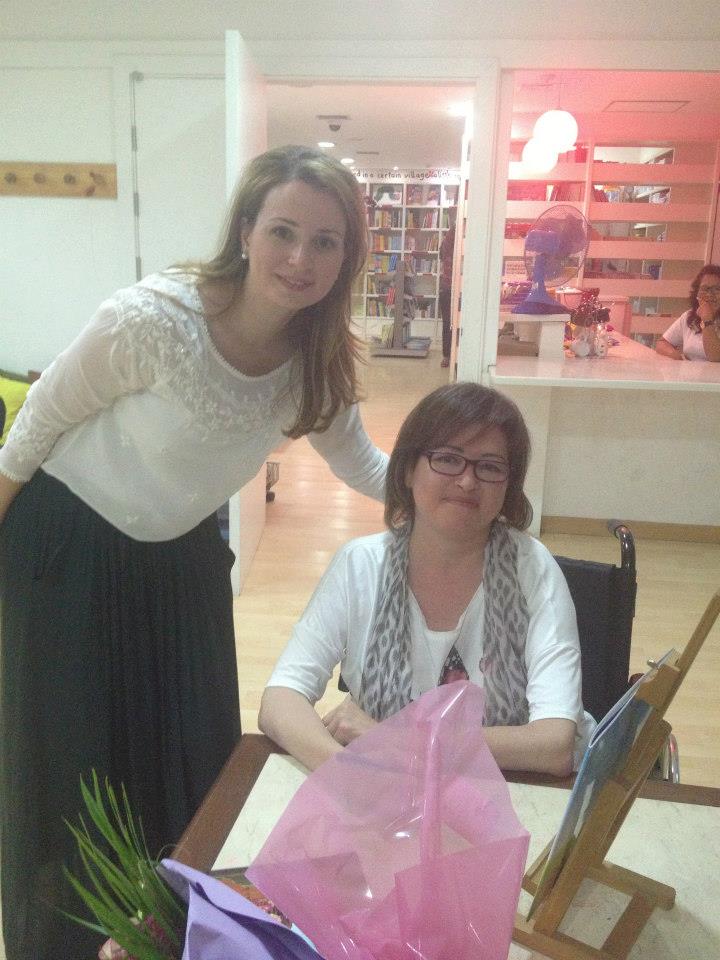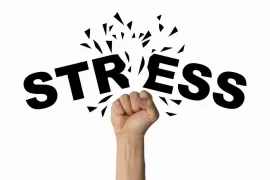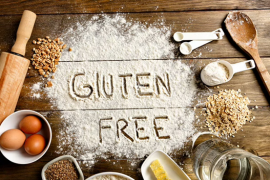Osteoporosis, which literally means porous bone, is a disease in which the density and quality of bone are reduced. As bones become more porous and fragile, the risk of fracture is greatly increased. The loss of bone occurs silently and progressively. Often there are no symptoms until the first fracture occurs.
As we age some of our bone cells begin to dissolve bone matrix (resorption), while new bone cells deposit osteoid (formation). This process is known as remodeling. For people with osteoporosis, bone loss outpaces the growth of new bone. Bones become porous, brittle and prone to fracture.
Around the world, 1 in 3 women and 1 in 5 men are at risk of an osteoporotic fracture. In fact, an osteoporotic fracture is estimated to occur every 3 seconds. The most common fractures associated with osteoporosis occur at the hip, spine and wrist. The likelihood of these fractures occurring, particularly at the hip and spine, increases with age in both women and men.
Of particular concern are vertebral (spinal) and hip fractures. Vertebral fractures can result in serious consequences, including loss of height, intense back pain and deformity (sometimes called Dowager’s Hump). A hip fracture often requires surgery and may result in loss of independence or death.
Layla Audi from Jordan has lived with this condition for some years. Although she wished she had known better, there is a lot to be grateful for.
“Unfortunately, no one told me that steroid treatment would put me at increased risk of osteoporosis. Had I known, I would have taken better care of myself from the start. I’ve had 2 babies during the past five years and in my second pregnancy I found out that I had osteoporosis after breaking 2 vertebrae”.
According to Layla, the past four years have not been easy. “I have had a couple of encounters with pain and depression. Now that I’ve been receiving treatment for osteoporosis I’m improving”.
A teacher by training, she joined the Jordanian Osteoporosis Prevention Society (JOPS) two years ago and was elected a member of the board as general secretary last year. “JOPS has helped me a lot, both physically and emotionally. We are all working hard to increase awareness of osteoporosis and to help people with this disease”.
Despite some physical limitations, Layla has learned to live a normal and happy life with her son Zeidf, daughter Natascha and her husband. She is determined to remain independent by taking it easy and making sure that she follows her doctor’s advice, eat healthy and calcium-rich food, and exercise regularly.
“I want people to know that with the appropriate medical treatment and by taking good care of yourself, you can live a normal life with osteoporosis. It does not have to be a crippling disease, but it can cripple you if you ignore it”.
Source: International Osteoporosis Foundation




